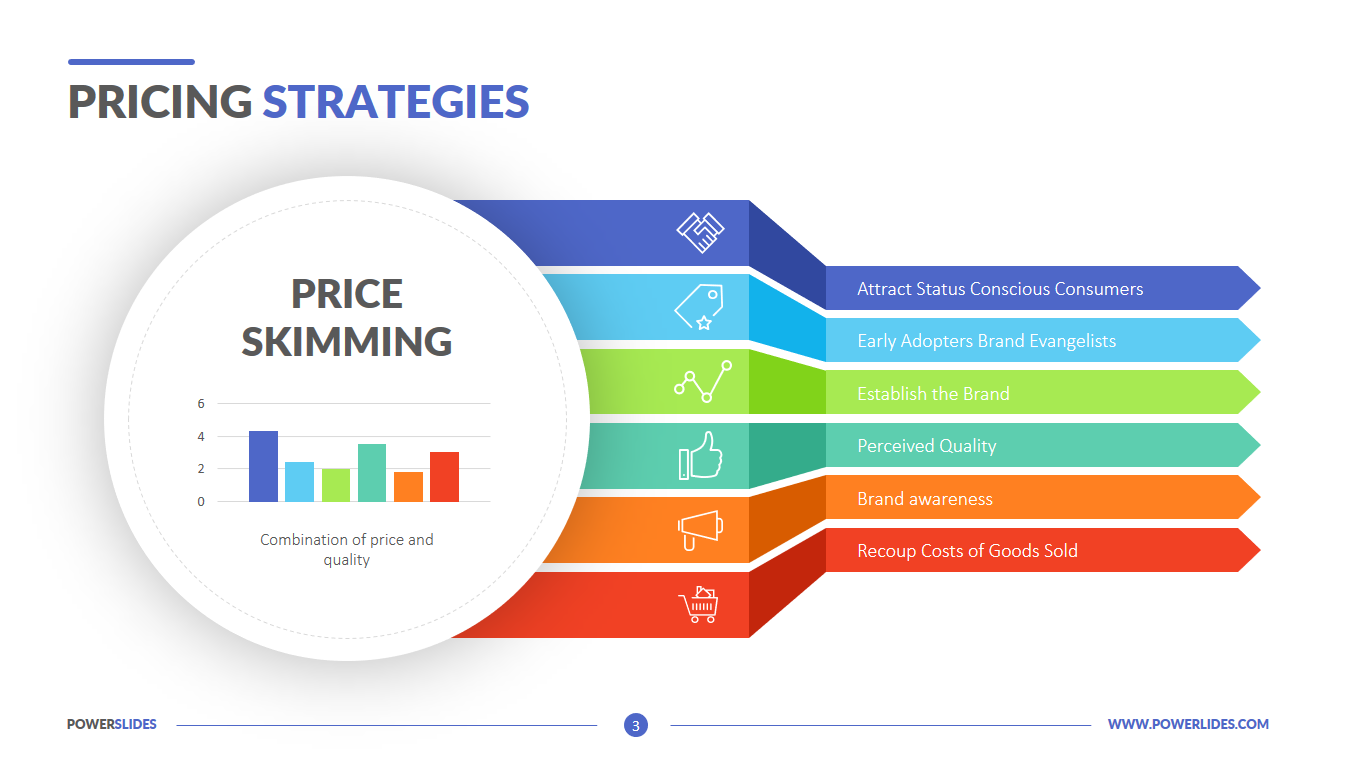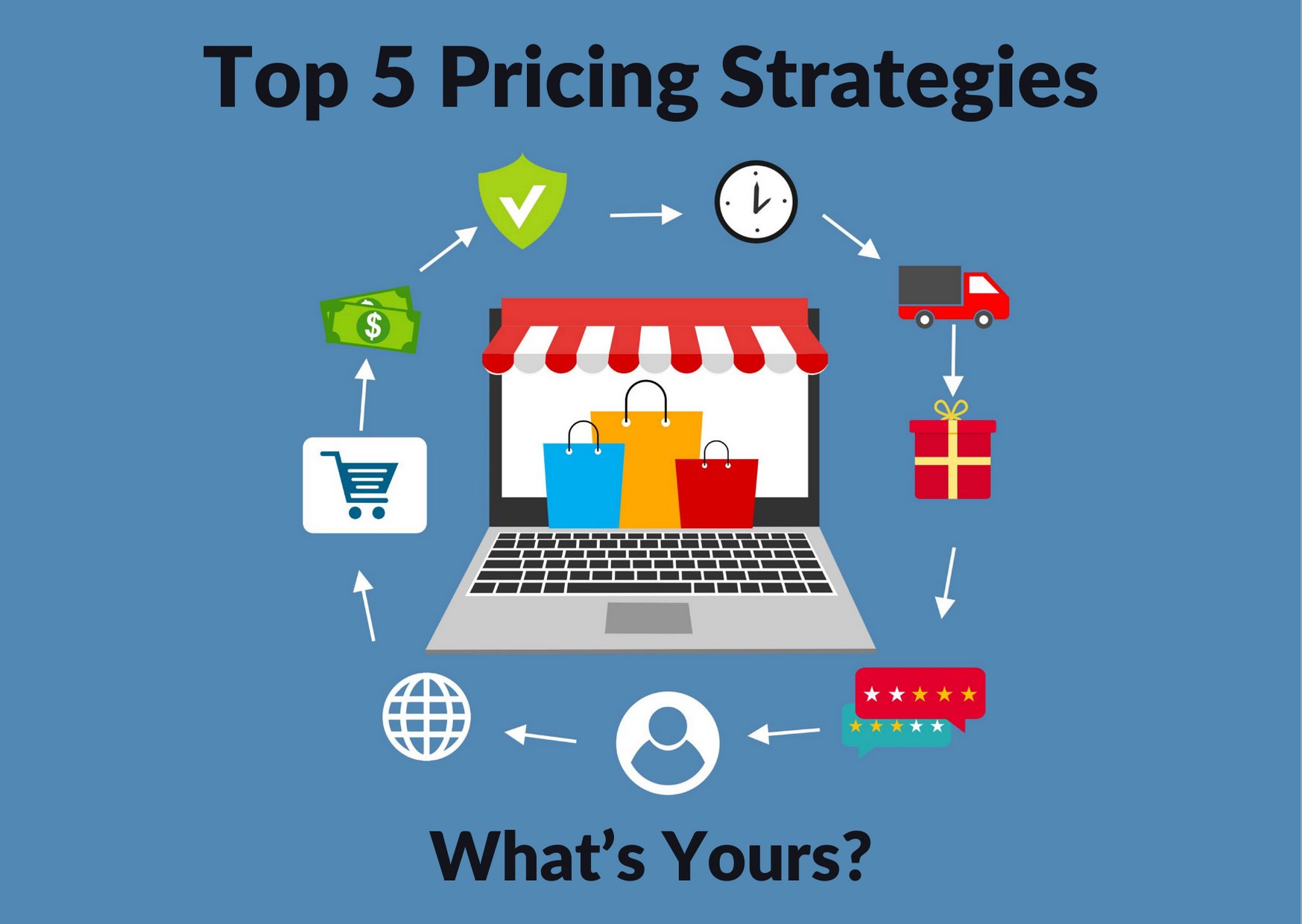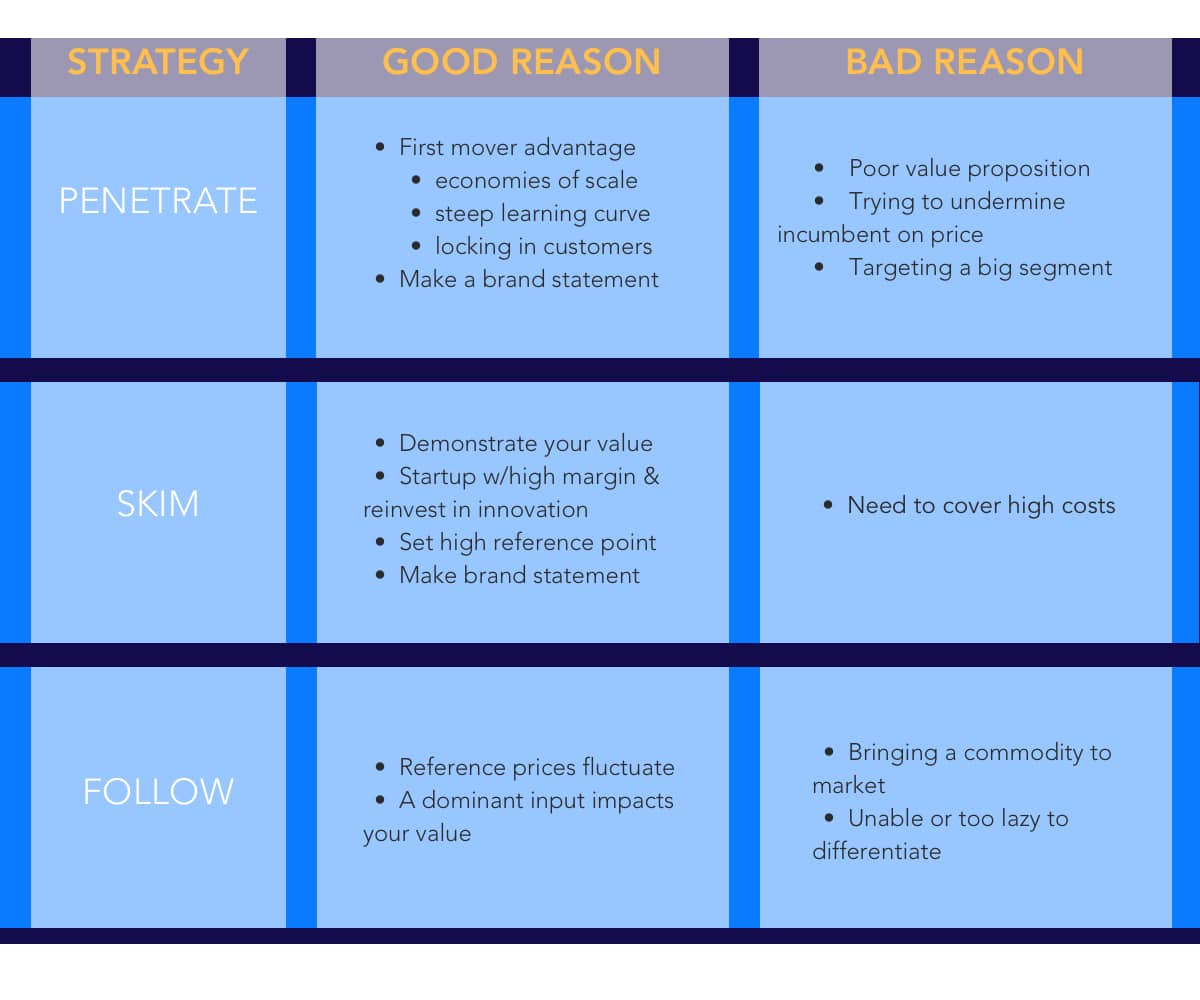The Link Between Brand Name Positioning and Your Pricing Strategy
The Link Between Brand Name Positioning and Your Pricing Strategy
Blog Article

Master Effective Pricing Approaches to Make The Most Of Profit
In the ever-evolving landscape of commerce, grasping reliable rates techniques is essential for services intending to take full advantage of revenue. A nuanced understanding of pricing psychology can dramatically affect customer habits and buying decisions.
Recognizing Rates Psychology
Understanding rates psychology is crucial for businesses aiming to optimize their pricing approaches. This area examines how consumers view costs and just how these perceptions influence their investing in decisions. Trick principles in pricing psychology include the anchoring effect, where the preliminary cost offered acts as a referral point for consumers, and the concept of price level of sensitivity, which differs amongst various consumer sectors.
Furthermore, services can leverage the concept of perceived value, where the viewed advantages of a service or product can warrant a higher rate point. Premium rates can produce an aura of exclusivity, attracting customers who associate higher prices with remarkable quality. On the other hand, emotional rates, such as establishing a price at $9.99 rather than $10, can significantly affect consumer habits by making costs show up extra eye-catching.
Additionally, shortage and urgency can improve the viewed worth of items, prompting quicker getting choices. Recognizing these psychological triggers makes it possible for services to develop pricing techniques that not just drive sales yet also foster consumer loyalty. Thus, grasping pricing psychology is important for efficient prices method formulation, causing boosted productivity and market positioning.
Implementing Value-Based Rates

First, conduct detailed market study to identify the value drivers for your target audience. This can consist of attributes, quality, brand reputation, and customer support. Next, segment your clients based upon their desire to pay and the worth they perceive. By doing so, you can customize offerings and prices approaches to straighten with different sectors.
After gathering insights, set costs that mirror the optimum amount a customer is ready to pay, ensuring that they perceive a reasonable exchange for the worth received. Communicate the worth proposal successfully, highlighting the benefits and differentiators of your offering. Continuously check market conditions and consumer comments to refine your prices strategy over time. By executing value-based rates, organizations can boost earnings while cultivating long-term client commitment.
Discovering Dynamic Pricing Designs
In today's quickly altering market landscape, vibrant prices designs have become a powerful technique for organizations looking for to enhance earnings and reply to fluctuations popular. These versions enable firms to change their prices in real-time based on numerous elements such as consumer behavior, market patterns, and supply levels. By leveraging data analytics and formulas, companies can recognize ideal rates factors that optimize sales while staying competitive.
Dynamic rates can take numerous types, consisting of time-based rates, where prices change based on time of day or period, and demand-based prices, which changes prices according to existing customer demand. This flexibility not only enhances earnings yet additionally enhances customer satisfaction by offering prices that reflect real-time market conditions.
Executing dynamic rates needs a durable technological facilities and a deep understanding of client segments. Transparent interaction regarding rates modifications can aid mitigate customer dissatisfaction and foster trust, ultimately leading to continual success in an affordable market.
Studying Rival Rates
Monitoring rival prices is crucial for organizations intending to preserve an one-upmanship in their respective markets. By examining competitors' pricing techniques, business can identify market patterns, understand consumer preferences, and adjust their pricing appropriately. This evaluation involves event information on competitors' rates, marketing strategies, and product offerings to educate pricing decisions.
To efficiently evaluate competitor prices, organizations need to utilize different tools and strategies, such as rate tracking software application, market research study reports, and consumer feedback. This data can reveal how rivals position their services and products, enabling organizations to separate their offerings or adopt similar methods to continue to be relevant.
Furthermore, it is essential to categorize rivals right into indirect and straight rivals. Straight competitors offer comparable services or products, while indirect rivals may satisfy the exact same consumer demand with various options. Recognizing the nuances between these groups will make it possible for businesses to tailor their pricing strategies better.
Eventually, recurring rival rates evaluation is vital for making enlightened prices choices. It allows companies to stay active in feedback to market changes, guaranteeing they can take possibilities and alleviate risks linked with prices strategies.
Assessing Pricing Efficiency
Recognizing click this link just how rival prices influences market dynamics brings about an all-natural concentrate on evaluating pricing efficiency within one's own service. This assessment is important for determining areas of stamina and chances for improvement, ultimately improving productivity.

Furthermore, conducting routine rates audits can disclose inconsistencies between anticipated and real efficiency. This involves comparing pricing information throughout different sections and networks to recognize variances and determine fads. Furthermore, incorporating client comments can offer understandings into perceived value versus real prices, ensuring placement with market expectations.
Finally, leveraging data analytics tools can help with much deeper understandings into pricing efficiency, making it possible for organizations to make data-driven changes (Pricing Strategy). By continually examining prices efficiency, companies can adapt to market changes and optimize their strategies, ensuring sustained earnings in an affordable landscape
Final Thought
Reliable pricing approaches are essential for maximizing revenue in an open market. By leveraging pricing psychology, organizations can improve viewed worth and tailor pricing to varied customer segments. The fostering of dynamic and value-based prices models helps with real-time modifications based upon demand and client determination to pay. In addition, continuous analysis of rival pricing and efficiency metrics makes sure strategic agility. Eventually, a thorough strategy to prices not only drives productivity however also fosters customer fulfillment and commitment.
Recognizing rates psychology is vital for organizations aiming to optimize their prices techniques. Going Here Recognizing these mental triggers makes it possible for organizations to develop prices techniques that not just drive sales why not check here yet likewise foster customer loyalty. Hence, mastering pricing psychology is vital for effective pricing method formula, leading to enhanced success and market positioning.
By assessing rivals' rates strategies, business can recognize market fads, understand customer choices, and readjust their prices accordingly. By leveraging prices psychology, companies can boost regarded worth and dressmaker prices to diverse customer segments.
Report this page